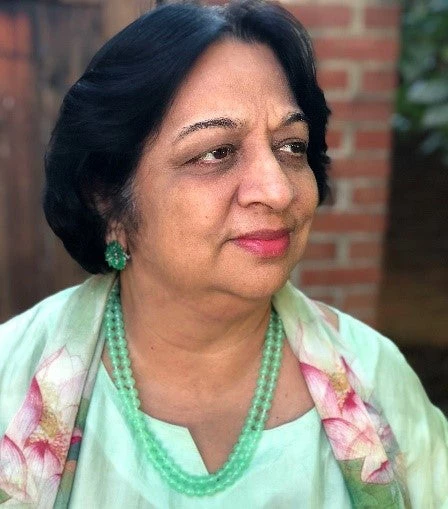 5G必将改变并改善各级教育,并对可持续发展目标的实现产生积极影响。图片:© Shutterstock
5G必将改变并改善各级教育,并对可持续发展目标的实现产生积极影响。图片:© Shutterstock
This post is the second of a two-part series on 5G systems. Part one can be found here.
In my last post on the potential of 5G networks, we explored how this dramatically different wireless technology could redefine the present and future learning experience. 5G’s extremely low latency rate means the sending and receiving of information goes from 200 milliseconds for 4G down to 1 millisecond with 5G. That increase in speed will make five core elements of learning smoother and easier: interaction, immersion, personalization, flexibility, and access for all.
What are the challenges ahead for 5G?
Even though 5G has a host of benefits, it will take some time to fully enjoy them. 5G migration paths can be divided into two categories: Non-Standalone (NSA) and Standalone (SA), defined by the 3rd Generation Partnership Project (3GPP). With 5G NSA, operators can use legacy 4G infrastructure to quickly tap into highspeed 5G services. 5G SA enables operators to unlock the full potential of 5G by leveraging new features, such as Ultra-Reliable Low Latency Communications (URLLC) and network slicing. By June 2021, 68 countries and territories had launched commercial 5G services, and nine countries and territories had launched commercial, public 5G SA networks.
Some developing countries may defer introducing 5G to recoup investments from pre-5G networks or decide to wait until the technology matures, allowing them to benefit from economies of scale. The digital divide between urban and rural areas and developed and developing countries may become even greater. Furthermore, the increase in the number of devices opens the door for data breaches: with more devices connecting to the wireless network, the chances for those devices to be hacked increases.
What are key takeaways for educators?
5G will change educational delivery in the next decade. What is key for educators is to recognize that 5G will not be a one-size-fits-all solution. Be creative and thoughtful about selecting appropriate uses. Think about the setting and purpose so that students can benefit most from 5G. Understand how this technology plays a role in the context of specific communities and employ it in line with students’ needs.
For example, if students are streaming pre-recorded lectures that do not require high-resolution videos, 5G may not be necessary. 5G is better used to simulate immersive learning environments that call for dispersed learners to collaborate. Educators who teach tactile, skill-based classes could leverage VR and AR capabilities now accessible due to 5G. For another educator, this capability might not be as important as the need to connect to hundreds of students in real-time. In that scenario, 5G could be used to make that virtual encounter streamlined and seamless.
Most importantly, try to ensure that students are equipped with digital skills that they can use and benefit from 5G-enabled education.
What’s next?
With lower latencies, increased bandwidth, and connectivity integration, 5G is poised to transform and improve education at all levels and affect the achievement of SDGs , especially Goal 4, Quality Education. However, even with the promise of increased access, 5G could still deepen the digital divide across countries, with wealthier nations having more resources to capitalize on this technology. 5G is here to stay, and education will shift dramatically. As a result, it will unlock a new space for educational institutions and learners. But will it live up to the expectations we set for it, or will it widen the disparities and divide in education?
It is up to us to answer these questions.
Many thanks to Faizah Shareef, a master’s student at Boston University who provided back research while working as an intern at the World Bank’s Open Learning Campus (OLC).
RELATED
How can 5G make a difference to education?
Podcast: Can We Bridge the Digital Divide?
Cybersecurity risks are global. We must address them with a coordinated, collaborative approach


Join the Conversation